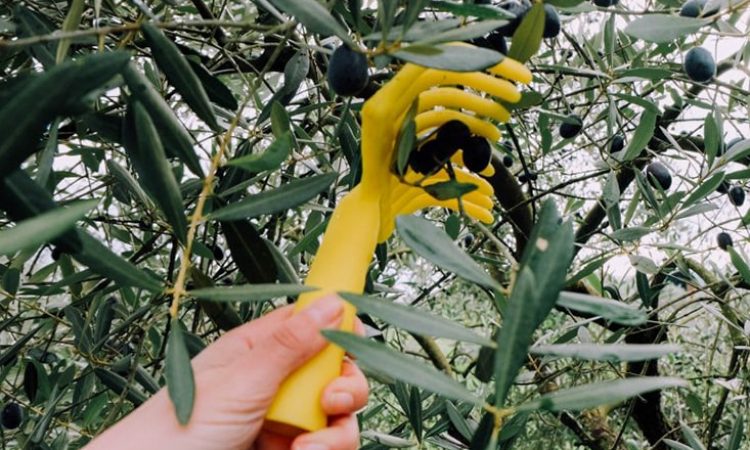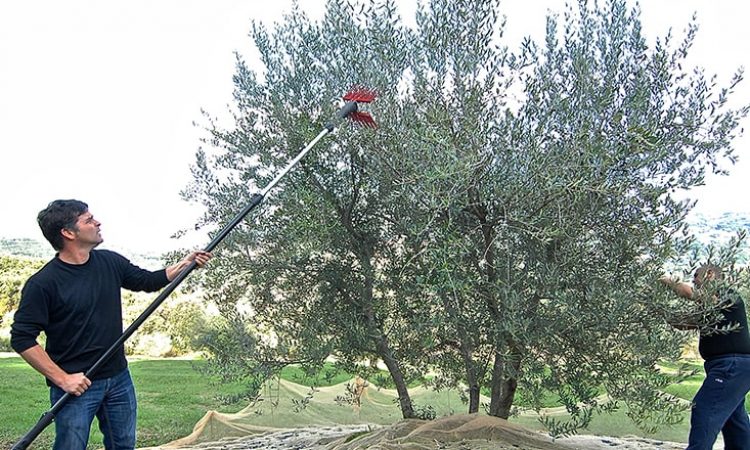

Quick Access :

![]() Olives are one of those foods that can range from simple to exotic—from a basic black with a vibrant green, from very mild to super salty. They will be eaten alone out of hand or incorporated into recipes
Olives are one of those foods that can range from simple to exotic—from a basic black with a vibrant green, from very mild to super salty. They will be eaten alone out of hand or incorporated into recipes ![]()


Hashemie58,NO.2
info@farafood.com
+985138705584

Copyright by FARATEJARAT CO